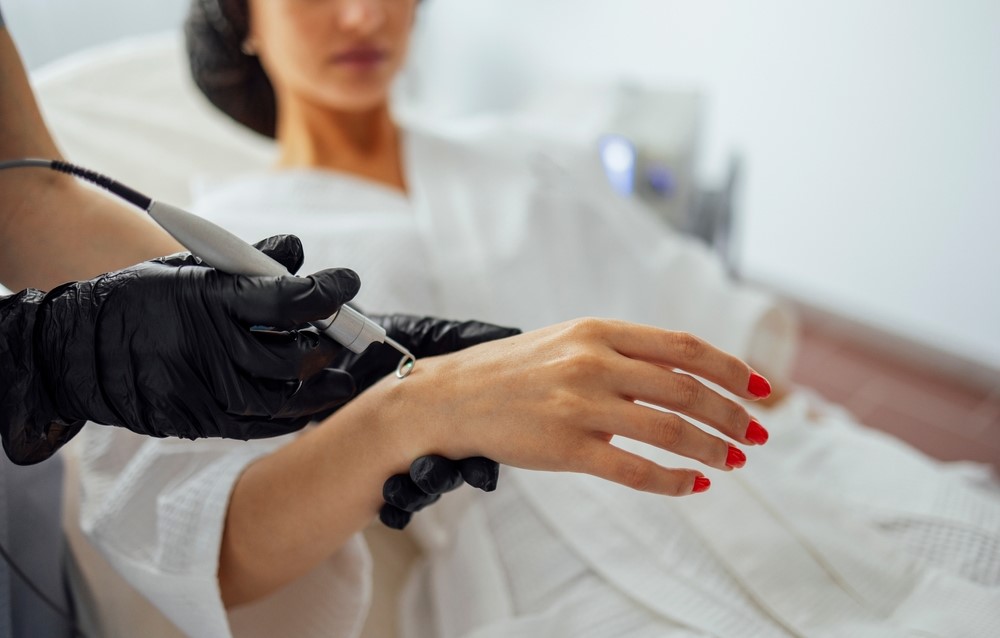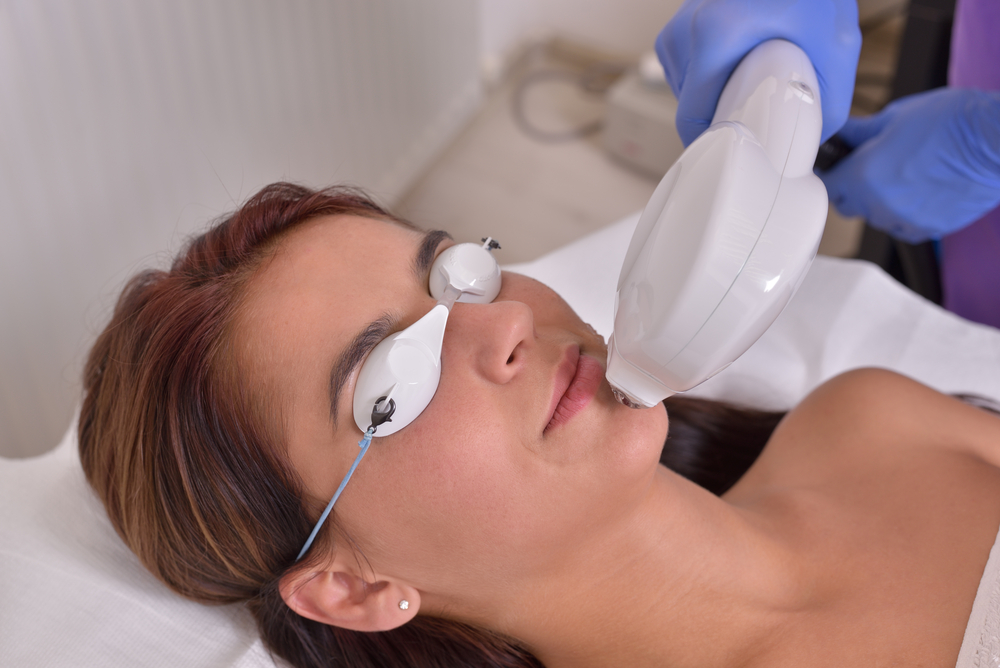Pre-laser tattoo removal relied on a variety of methods, not always particularly successful, that also presented various risks to the skin tissue on the tattoo site. Scarring, burns and infection were a very real possibility, making tattoo removal difficult and hazardous.
Many people try to take the route of concealing their tattoos with another design, although this, too, has its drawbacks. The new tattoo must be larger and darker if it is to effectively cover the original. Some people find they need to undergo tattoo removal treatment anyway in order to fade the first tattoo a little before covering it up.
Laser tattoo removal as we know it today first became commercially available in the nineties, and finally offered a safe and non-invasive approach to tattoo removal. Previous experiments had used argon and short-wave lasers, but these proved to deliver limited results. Tests were also made using carbon dioxide, but this was found to cause scarring.
While current laser tattoo removal treatments are not without some discomfort or minor pain, they do not generally cause the permanent scarring associated with other methods. Any inflammation, pinpoint bleeding or scabbing is a normal part of the process that usually resolves itself with a couple of weeks following treatment.
































 020 8012 8582
020 8012 8582